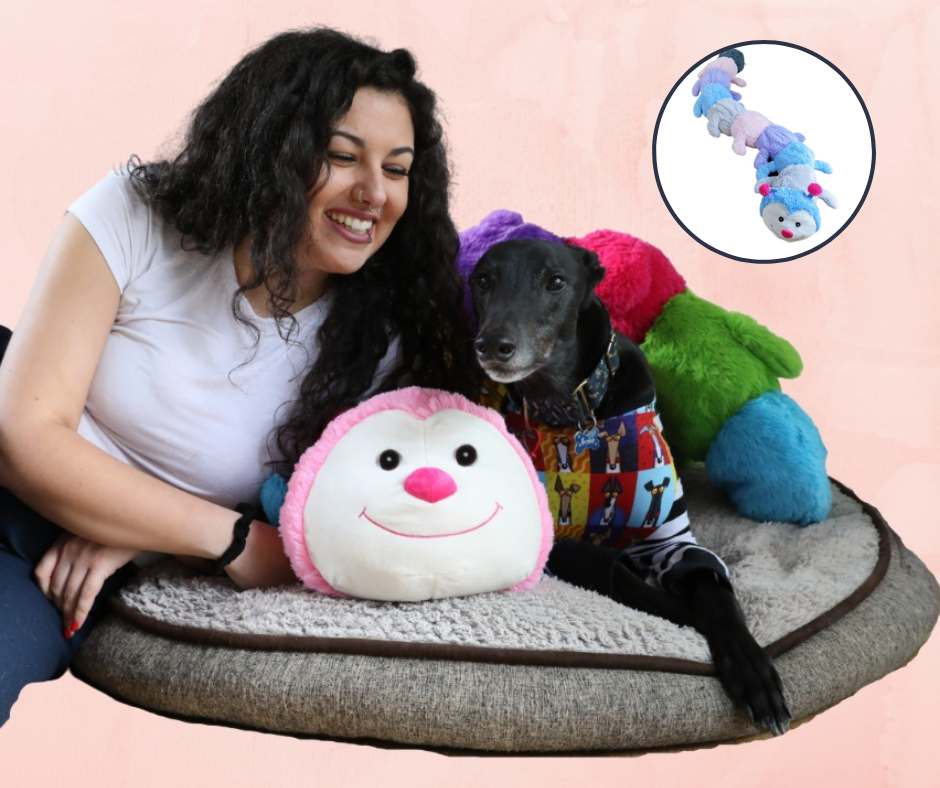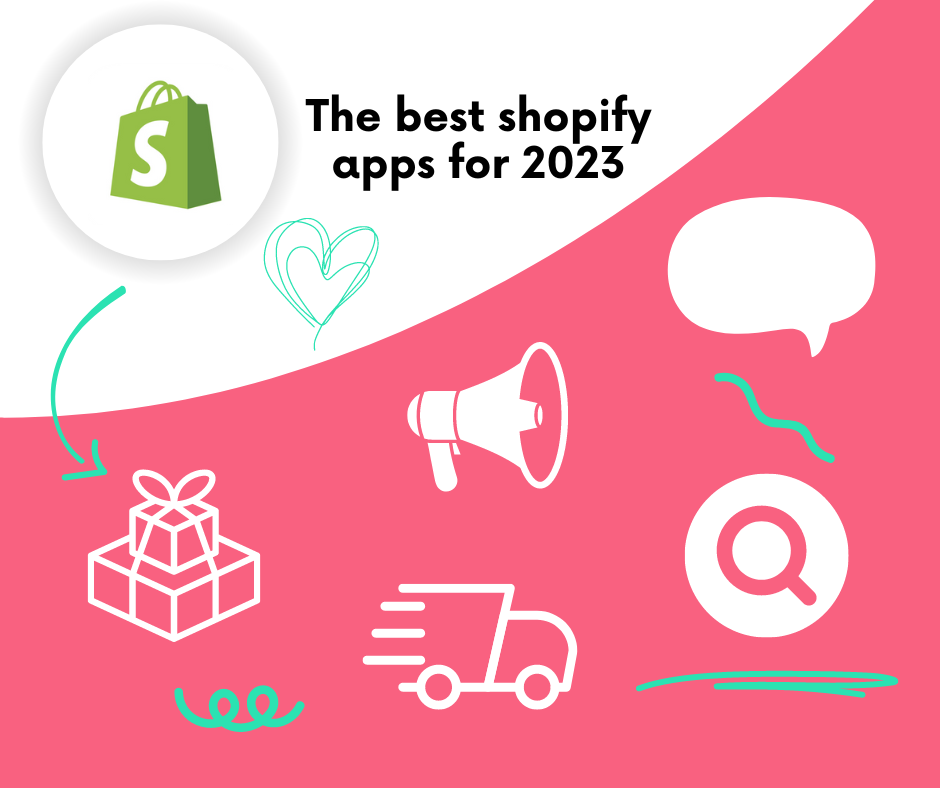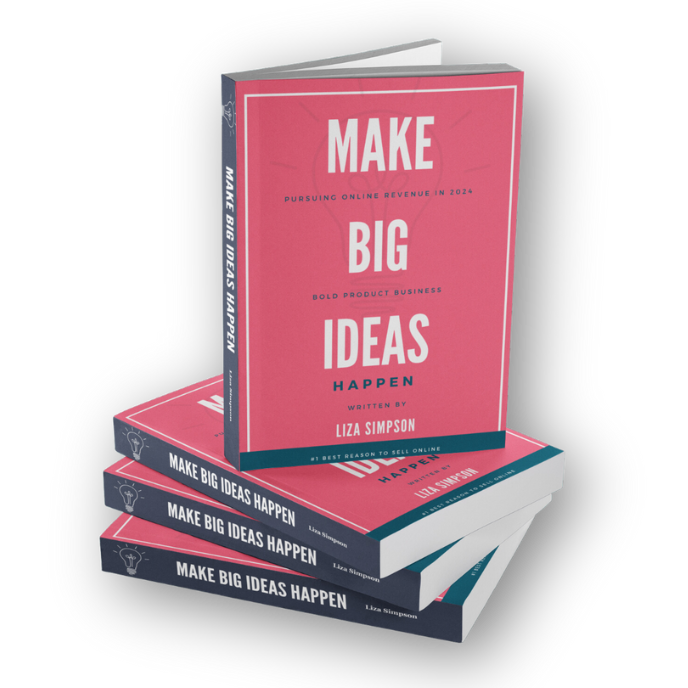
There are many models of ecommerce, direct to consumer, business to business, consumer to consumer, white label, affiliate and business to government. This article focuses on the common profitable business options for the aspiring ecommerce seller, particularly how they stack up against one another. These are:
Private Label
This refers to someone that sources the goods from a manufacturer, add your own branding and sell via your own website, wholesale, affiliate or a marketplace such as amazon, ebay or etsy.
Wholesale/retailer
You buy stock from private labels and resell at a higher price on your own website or via a marketplace (or you only sell wholesale to retailers).
Dropship
You list the stock for sale on your own website (or marketplace) but you don’t hold stock and only pay for the product when the customer makes a purchase.
Affiliate/Publisher
A website (usually a blog or social page) recommends a product via a link that contains a tracking code. The code tracks sales and provides the affiliate with a % commission for every sale
Hybrid
Many stores launch and continue to grow with a hybrid model. Usually holding stock of their own products and diversifying their range with drop shipping. We will discuss each of these models in more depth below.
Comparing profit models may look simple from the outside, if you private label then you retain the most profit. As you move down the ladder from wholesale to dropship to affiliate the slice of the pie gets smaller. However it is important to consider the costs involved and your ability to scale.
Private Label
So, you have a brilliant idea for a product that no one else is selling, or you have developed a new way of producing a product that already exists in the market. Let’s consider the costs of establishing your new business.
1.Research ($0-$10,000)
Initially you will need to asses the product viability in the market, this will mean understanding how the product can be produced, what the cost might be, and how much demand there is for the product (which will drive the price and ultimately your margin).
2. Prototype ($500 – $5,000)
This will depend on the complexity of the product and may relatively simple or very complex. You will need to work with a local manufacturer or offshore team which may also require travel. If the product already exists in the market and you are simply creating a variation, you will still need to work closely with the manufacturer to ensure your product meets the desired result.
3. Samples – $1000 – $5000)
You will then need to pay for samples and if these are being shipped from an overseas manufacturer then the cost may be high as you likely want to get these within weeks (air freight) vs months (boat).
4. MOQ (Minimum order quantity) ($5,000- $100,000)
Here is where you may end up being forced to outlay thousands upon thousands of dollars. There is a huge risk involved in this investment as you likely have not yet tested the product in the market.
5. Brand development ($1,500 – $30,000+)
Now that you have a warehouse full of stock you need to sell it. A new website, brand and marketing strategy can cost you upwards of $5,000 (or significantly more). Expect to pay a minimum of 50% of your gross revenue on marketing in the first few months.
The pros of this model are that you own the margin and provided you have carefully considered all of the above costs, and have done your market research then you may be set to reap the rewards. If you can set your pricing with 70-80% gross margin (before operating and marketing costs but less manufacturer and materials) and establish a real point of difference in the market then you have a viable model.
The wholesale/retailer model involves purchasing products from private label manufacturers or other suppliers and reselling them through your own online store or marketplaces. This approach requires building a brand around a specific concept and may involve minimum order quantities and higher upfront investment. Here’s a closer look at this model:
Finding products with substantial profit margins can be challenging in this model, so it’s essential to consider higher-priced items that can support your overall budget. Alternatively, partnering with suppliers who exclusively offer wholesale products may provide better margins but restrict your control over data and potentially limit your business’s future.
The dropship model involves building a brand and an online store but not holding any inventory. Instead, you source products directly from manufacturers or suppliers who handle packaging and shipping. The costs associated with dropshipping primarily revolve around branding, website development, and marketing. Here are the key aspects to consider:
Dropshipping can offer lower risk and startup costs compared to private label or wholesale models. However, profit margins are generally low (around 10-30%) since manufacturers determine the margin you receive, covering production, packaging, and shipping costs. Many businesses use dropshipping as an entry point to establish their brand and later expand with private label or wholesale products.
Examples of successful drop shipping companies include Temple and Webster in Australia and Notebook Therapy in the US.
The affiliate/publisher model leverages existing audiences to promote products and earn commissions for each sale generated through their referral links. Affiliates can include bloggers, news sites, influencers, or brand ambassadors. Here are the key aspects of this model:
Unique Affiliate URLs: Affiliates receive trackable links with specific codes to share with their audience.
Commission-based Revenue: Affiliates earn a percentage commission for every sale made through their referral links.
Profit margins for affiliates typically range from 5% to 20%. The success of this model relies on having an existing customer base or audience, reducing the need for extensive advertising expenses. Affiliate marketing is a rapidly growing industry, with projected revenues expected to reach $40 billion by 2030.
The hybrid model combines different e-commerce approaches, such as holding stock for private label or wholesale products while also incorporating dropshipping to diversify the product range. Earlier this year the Iconic slashed 69% of its workforce to move towards a “platform” model which aims to connect buyers and sellers. Currently this looks like a hybrid wholesale/drop shipping model but ultimately aims to move towards a marketplace like etsy, amazon or ebay.
Say “Hello to your personal eCommerce mentor.

The holiday shopping season is fast approaching, and for Australian ecommerce businesses, it’s time to gear up for one of

Dropshipping rose in popularity during the early 2000s with the advent of Shopify in 2004, which simplified the process of

In a heartwarming tale that underscores the belief that every dog deserves happiness, Cecilia Distefano, a dedicated canine enthusiast, has

How do you choose a good Shopify app for ecommerce? When choosing a Shopify app for ecommerce, consider factors like
Be one of the first 100 people to register for a free copy before it hits the shelf. Register you details below. Hurry book launches October 30.

Sign up to get growth checklist for FREE!